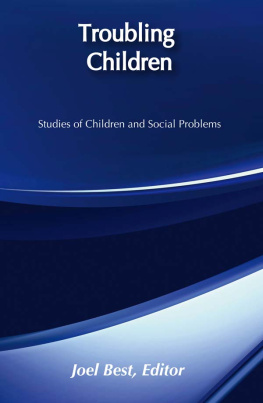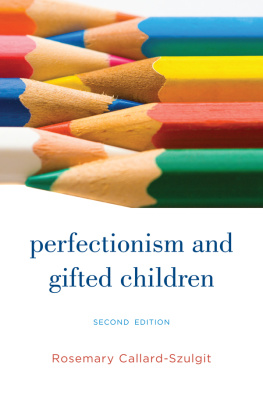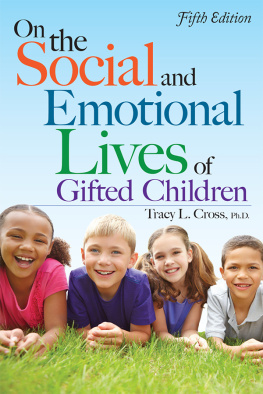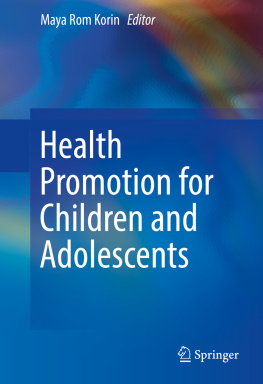Children make up about one-quarter of the U.S. population. This apparently simple statement contains an implicit definition: A child is anyone under 18 years of age. Different definitions would produce different statistics: In 1990, about 29 percent of the U.S. population was under age 20, 22 percent under 15, and 15 percent under 10 years of age (U.N. Department of Economic and Social Development 1992).
Because most Third World countries have higher birth rates and higher death rates than Western, industrialized countries like the United States, children account for a much larger proportion of Third World populations. For instance, recent statistics from three African countriesthe Congo, Mali, and Cameroonput the proportion of their populations under 20 at 55 to 56 percent, while 45 to 46 percent are under age 15, and 32 to 35 percent are under 10 years of age (U.N. Department of Economic and Social Development 1992). Obviously, regardless of how we define childhood, children represent a large share of the worlds population.
The simple fact that there are so many children might lead us to expect that there would be many sociological studies of children. We would be correctso long as we defined childhood broadly. There are thousands of sociological studies of young people, including such classics as The Unadjusted Girl (Thomas 1923), The Gang (Thrasher 1927), Elmstowns Youth (Hollingshead 1949), Delinquent Boys (A. Cohen 1955), and The Adolescent Society (Coleman 1961). But the great majority of these studies (including all of the classic titles just listed) deal with older childrenadolescents or teenagers. This emphasis on adolescents in sociologists discussions of children is not new; much of Francis J. Browns 1939 book, The Sociology of Childhood, concerns teenagers. Nor should the intense interest in adolescents surprise us. Far more than younger children, teenagers engage in deviant behaviors that trouble adults, behaviors such as delinquency, drinking, and drug use. Adolescence is when most young people enter the labor market, become sexually active, begin driving, and decide to drop out or stay in school. Teenagers choices are consequential; they set the direction for the youths adult lives. Naturally, adolescence has been the subject of intense sociological study.
In contrast, younger children have received remarkably little attention from sociologists, and most of that attention has focused on only two aspects of childhood, family life and education. Of course, families and schools are central institutions in most preadolescent childrens lives, but there is a tendency for sociologists studying these institutions to concentrate on their adult members (e.g., parents and teachers) rather than the children. There are probably more studies of how adults deal with children than of children themselves. By largely ignoring younger children, sociologists have virtually surrendered the study of those children to child psychologists, who concentrate on the individual, psychological processes that characterize childhood development, rather than focusing on children as social beings.
There are signs that sociologys neglect of younger children is ending. It is during childhood that we learn how to behave as members of society (Denzin 1977), and sociologists have begun to pay more attention to this process of socialization. Thus, studying childrens arguments offers a way of understanding how children learn to use language in their interactions with others (Maynard 1985); research on Little League baseball teams can help show how children develop group cultures (Fine 1987); and observations of boys and girls in school playgrounds reveal how children come to understand what it means to be male or female (Thorne 1993). Sociological interest in childhood is growing. In 1992, the American Sociological Association (ASA) formally acknowledged this interest, establishing a section for members interested in the sociology of children. The new section, which publishes a newsletter and organizes sessions for the ASAs annual meeting, will encourage more sociologists to conduct research on childhood.






